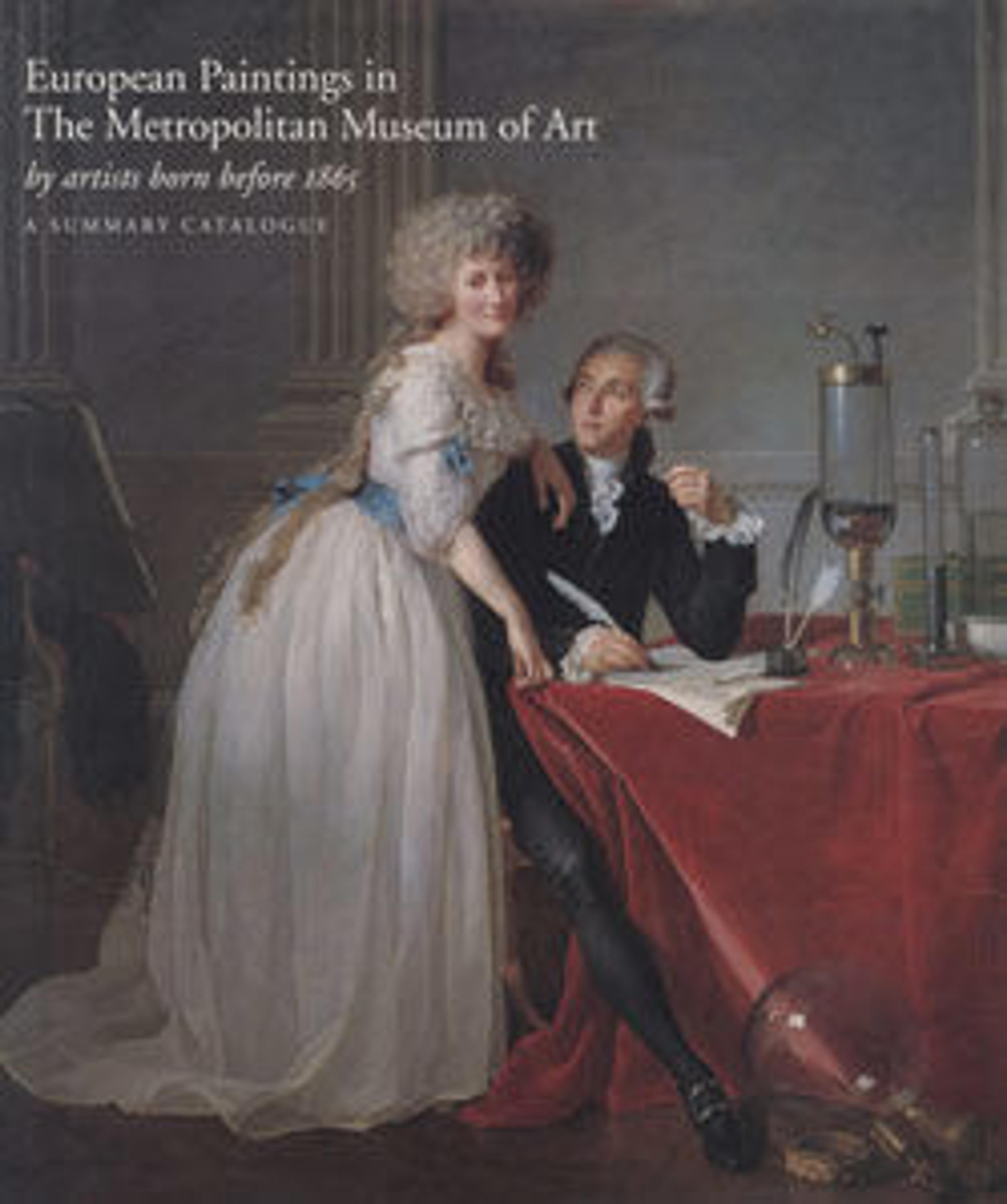Bathers
This is one of Cézanne’s first paintings of bathers, a subject that engaged him for the rest of his career. Although fascinated by the nude human figure, the artist worked slowly and was uncomfortable with female models, so he derived such scenes from his imagination and his rich knowledge of classical and Renaissance art. The rhythmic poses of the women, displaying their bodies from different angles, recur, with variations, in Cézanne’s later work. However, he soon tempered the bright, high-keyed palette, favored by his Impressionist colleagues.
Artwork Details
- Title: Bathers
- Artist: Paul Cézanne (French, Aix-en-Provence 1839–1906 Aix-en-Provence)
- Date: 1874–75
- Medium: Oil on canvas
- Dimensions: 15 x 18 1/8 in. (38.1 x 46 cm)
- Classification: Paintings
- Credit Line: Bequest of Joan Whitney Payson, 1975
- Object Number: 1976.201.12
- Curatorial Department: European Paintings
More Artwork
Research Resources
The Met provides unparalleled resources for research and welcomes an international community of students and scholars. The Met's Open Access API is where creators and researchers can connect to the The Met collection. Open Access data and public domain images are available for unrestricted commercial and noncommercial use without permission or fee.
To request images under copyright and other restrictions, please use this Image Request form.
Feedback
We continue to research and examine historical and cultural context for objects in The Met collection. If you have comments or questions about this object record, please contact us using the form below. The Museum looks forward to receiving your comments.
